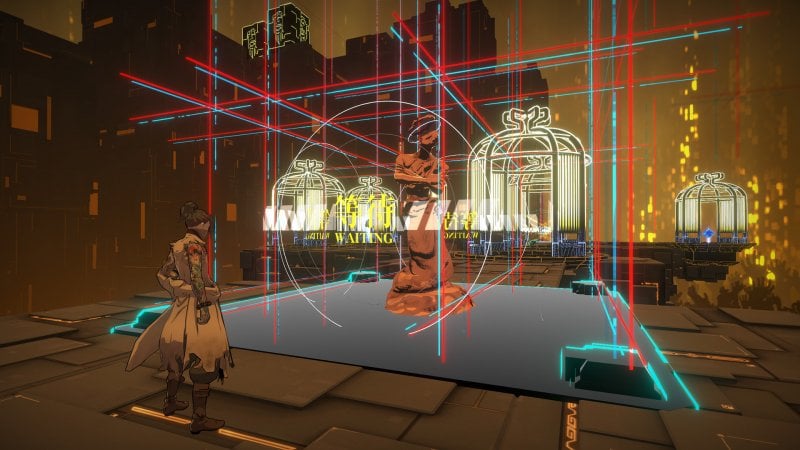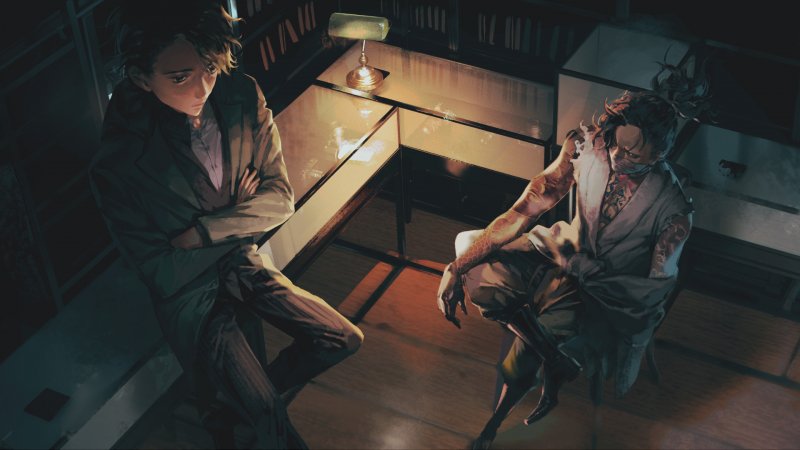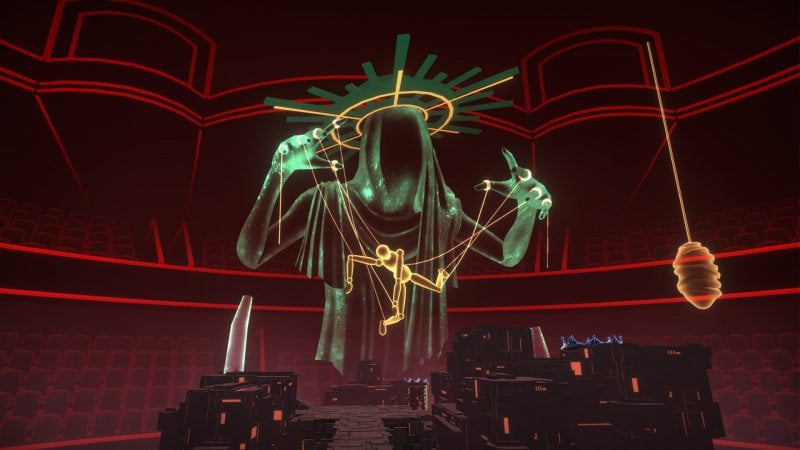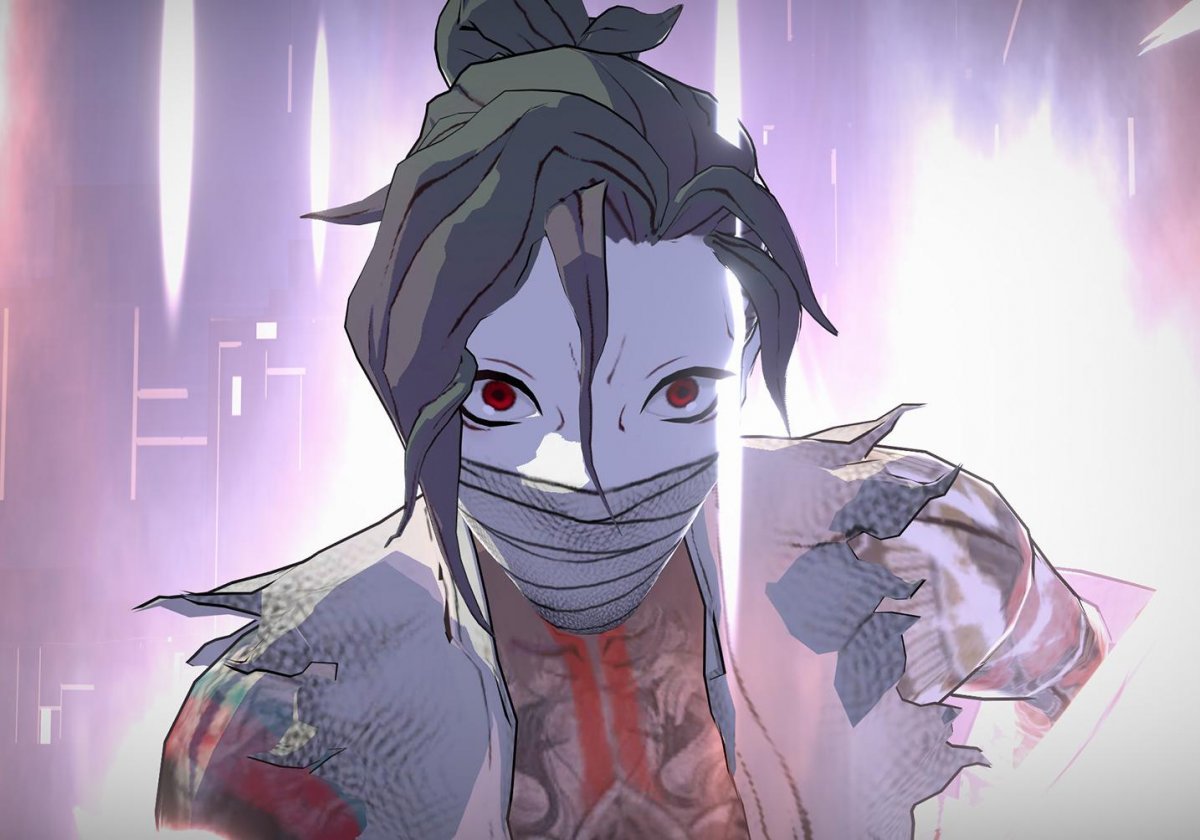This is a level release period between one blockbuster and the next, there’s no need to forget the work of lesser-known teams, especially if they try to throw themselves into notoriously difficult genres like JRPG’s. Considering that in recent years some products from this Asian market have surprised everyone with their technical value, it is particularly interesting to make a few more assessments about teams from markets such as China, which are not very well known in our region. On the other hand, there is always the possibility of discovering unexpected pearls, clearing the “fog” that covers many products of those places.
For example, we recently took a look at Mato Anomalies, a curious JRPG that seems to have been heavily inspired by Persona, developed by a rather unknown Shanghai team. Arrowiz. The game was still on the high seas on our first try, but despite the somewhat shaky bottom, there was no shortage of ideas with potential in it. when recently offered to us Try Mato Anomalies so for the second time we met with delight, eager to understand how fast it has evolved. And although there is still much work to be done, steps forward have been made.
strange tide

There new version It was quite a distance from the previous one, this time to the point of putting us at the head of a team of two characters: Gram, the “shaman” we met earlier, and Butterfly, a kind of legendary thief much younger than him. may suggest fame. Also, while the original demo was still very raw in many ways, this one looked much more refined and richer to us, both in terms of settings and missions. In short, even if the generative values underlying the game are nothing short of monstrous (especially the animations in the interludes are woody, and you can undoubtedly work better with the detail of certain settings), there’s no doubt that teamwork is difficult, because the evolutions were remarkable in a relatively short time.
At the head of the two fighters described above is researcher Doe, who is always constantly struggling with a strange phenomenon. the sinister tide: a kind of alternate dimension filled with monsters that can amplify or control people’s emotions (we didn’t casually mention inspiring Persona).
Starting a few hours after the start, learning this was not easy. History, but what played out seemed more focused on the events of some organizations that were victims of the effects of the aforementioned tide rather than the main narrative line, so it’s clear the team is willing to commit to secondary events as well as progress. Now it’s hard to say how much it will pay off – the story we dedicated ourselves to wasn’t the most exciting and original, even with a weird “proletariat versus capitalism” subtext that we appreciate – if nothing else, it’s a good way to go. do various side quests and increase the content.
When we tried it, it actually seemed like more alternative missions would be attempted, and while they remained within the canons of the classic JRPG – mostly characters to talk about and additional battles to encounter – they were added to the mix with enough intelligence not to be boring. . As mentioned, these are essentially combat missions in “hideouts”: alternate dimensions where Dark Tide’s monsters take shape, here a dungeon The classic is full of traps and obstacles to overcome. We found their structure to be fairly simple, but it already represents an evolution compared to the corridors without intersections seen initially, and we expect significant increases in complexity at later levels.
Papers, barrel, rock, paper, scissors.

The development system and combat seem to be the most fine-tuned and refined aspects of the current version of the game. Initially, Mato Anomalies seemed incredibly easy for a JRPG, but things have changed for the worse in this new demo, where both types of battles that can be encountered here manage to challenge us well above our expectations. To refresh the memory of those who haven’t read the previous preview, there are two types of skirmishes in this game: i fight in the lairs uh mind thief. The first is classic turn-based battles with multiple characters, while the second is “card games” in the consciousness of some characters, where it is necessary to use predefined decks to overcome the mental barriers of the goal.
Classic battles aren’t actually particularly original, but this time we noticed a sharp variation between clear opponents with pretty frustrating skills (including damage upgrades or the ability to summon reinforcements in some cases), at least on average. resistance to certain types of damage.

Currently, the system appears to have four types of resistance closely related to the movements of available characters (which should be a maximum of four according to the UI) and a number of passive upgrades that can usually be equipped. purchased from merchants or found for maps. The rest is a set of mechanics already seen: characters have pretty clear roles (e.g. Butterfly heals), each with a loadable finishing move It’s possible to improve them all, with skirmishes similar to a kind of Limit Break, and passive branches split into Yin and Yang that focus on offensive and defensive skills. It’s not necessarily a bad thing in any case that everything isn’t bragging about the new idea; As just explained, the enemies seemed frustrating enough to force the player to use precise strategies, and the primary mission’s more advanced battles managed to get us a little bit more difficult.
much more interesting mind hacking: given that the cards are drawn here, the available actions are more limited and dependent on luck, but the fights are much more “mathematical” and rich in tactics. Each card deals a certain amount of damage or offers extra defense, and it’s important to calculate numbers carefully to avoid being defeated, as opponents are often protected by “demons” with annoying passive effects (until having to discard cards after using them without regenerating). them. a). However, these demons don’t stay dead for long once they’ve been eliminated, and because of the fairly high damage they can do to you, it’s necessary to wisely calculate which ones to eliminate and when to focus on the primary target. if not managed properly. I’m curious, the most interesting battle system is the less frequent one, but it’s also true that Mindhacks are a boss fight level challenging, so it makes sense that they aren’t replayed in bursts.

Not much to say for the rest, the game seems to have potential mechanically but technically it lags a bit and the current narrative certainly can’t be judged from a handful of adventures. But if it continues to evolve at this pace, it may come as a surprise to fans of the genre as well.
Mato Anomalies still has a long way to go before it technically breaks down compared to other representatives of the genre, but Arrowiz has at least shown that he can work at great speed and understand the mechanics. The number of RPGs is enough to offer a variety of fights and a good level of challenge. This is already more than a respectable quality when it comes to the genre, and who knows what doesn’t allow this team to produce a game that exceeds expectations despite limited resources. It is not easy, but there is still a lot of time.
SYMPTOMS
- Good difficulty avoiding boredom during battles
- The idea of presenting two different types of confrontation is interesting
- The technical sector is quite backward with enormous room for improvement.
- Fiction and campaign value still to be evaluated
Source: Multiplayer

